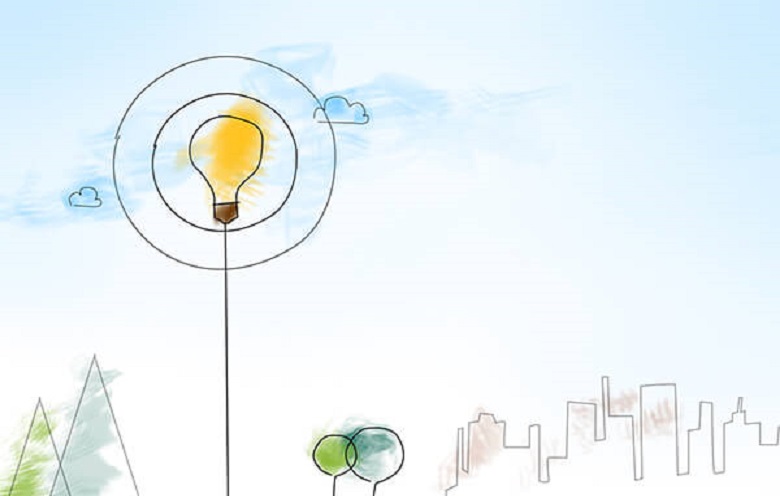

There is a great deal of hype about Internet of Things (IoT) and the fact is that it is an actual product. With the rapid maturing of the enabled technologies, there are several opportunities to make considerable leaps by embracing these new approaches.
In order to succeed in IoT, companies need to commit to think about their business differently. It is essential that the business owners revisit the areas that require internet-connected devices. Such devices help to make the collaboration between the company and cloud provider easier.
[workshop_avnet_march]
IoT along with Azure can help to simplify the processes. Microsoft Azure is a cloud computing platform and infrastructure, which is used for building, deploying and managing applications and services through a network of datacenters. Being an integrated operating system, it facilitates the management of scalable web applications on the internet. MS Azure is intended to simplify IT management and minimize up-front and ongoing expenses. It is used to create, distribute and upgrade web applications without the need to maintain costly and underutilized resources onsite.
Why choose Azure with IoT
The global technology industry has witnessed a burst of innovation with the impact of IoT. Businesses of all the sizes can adopt Azure with IoT solutions and transform their processes. Azure IoT suite is intended to help manufacturers, banks, accounting firms, etc. to setup and manage services and applications right from the cloud.
Azure platform aims at giving companies access to various tools including asset management, remote monitoring and predictive maintenance. The Azure IoT Suite provides predictive pricing model despite the rich set of capabilities. It simplifies the complexities that may occur when implementing and cost IoT solutions. Azure Stream Analytics with IoT delivers real-time updates and helps the customers process massive amounts of real-time, incoming data from “things” to help people predict trends and automate the services.
By building IoT solutions using Azure, massive amounts of data can be analyzed. The data produced by your connected devices or applications can be processed into Azure. Once the data is live in your dashboards, you may want to setup thresholds for alerts in Azure Stream Analytics. For example: If you need a temperature sensor and want to get alerts when the temperature is over 78 degrees.
As the systems get more complex with the introduction of sensors, the users would need to adjust the alerts periodically. Setting up the alerts manually may be complex or cumbersome and that is when Azure Machine Learning comes into the picture.
Some of the major IoT deployments till now were:
- For costly and complex devices, where the cost of custom software/hardware solution is acceptable in light of the cost of the device.
- For homogenous, high-volume devices, where the software needs to be simple and not complicated, and where software cost can be remunerated.
Many organizations are happily picking up the challenge to make it easier for the customers and partners to create the solutions positioned between the extremes. They have discovered that many successful IoT projects follow some common patterns.
Pattern 1:
Let’s talk about the first pattern – The developers identify that it is essential to “think big, but start small”. The customers discover unexpected insights when they start deploying systems and gather data. And of course, it is easier to understand and address the security and device management at small scale rather than incorporating it in full production. So, prototyping and proofs of concept can be helpful.
Pattern 2:
Talking about the second pattern, the developers start with telemetry. One of the major reasons of choosing telemetry is that it is difficult to predict which data would be useful. With telemetry, one can easily identify which data will be useful. You can collect the data that you may require and remove the one that you will not need. Another benefit of choosing telemetry is that it reduces the security and privacy concerns. It is better to work through these issues and resolve them before moving to command and control.
Pattern 3:
When we move ahead towards implementation, the third pattern is that the successful solutions do not intrude the fast path. Some cloud services such as Azure Stream Analytics and Azure Event Hubs help to process the data at high rates. If you do not have the required expertise, you should not try to insert the code between high-speed and adjacent services.
Pattern 4:
The fourth pattern, obviously, is security. It is important for you to think about the security of the project and look for the best suitable measures for defense. It may be difficult to install security and management after the deployment of the project. Special attention needs to be paid to the security of the project throughout the product lifecycle, right from the initial requirement gathering through design, development, deployment, verification and servicing. It also requires evaluation of the security at all the levels.
When it comes to IoT solution, it includes security of the devices, both hardware and data. The Security Development Lifecycle (SDL) is a software development process that assists the developers in building more secure software. SDL also addresses the security compliance requirements. Though security is a shared responsibility, business owners and managers should keep an eye on each and every part of the system, from device to ensure that it is safe and secure.
Some business owners and decision makers overlook the aspect of device disposal. If your mobile has a keyless entry system and the phone is stolen, will it be able to unlock your car or home? Or maybe your bank account is keyed to your phone. This is the main reason why multiple layers of security are important. Watch any pattern violations and make sure to overcome them.
Today, IoT is a “big thing”. Look around. You’ll find IoT almost everywhere. Either it is your smart devices, your office, your car, or even washing machine, all are IoT.
Need Help ?
We are here for you
